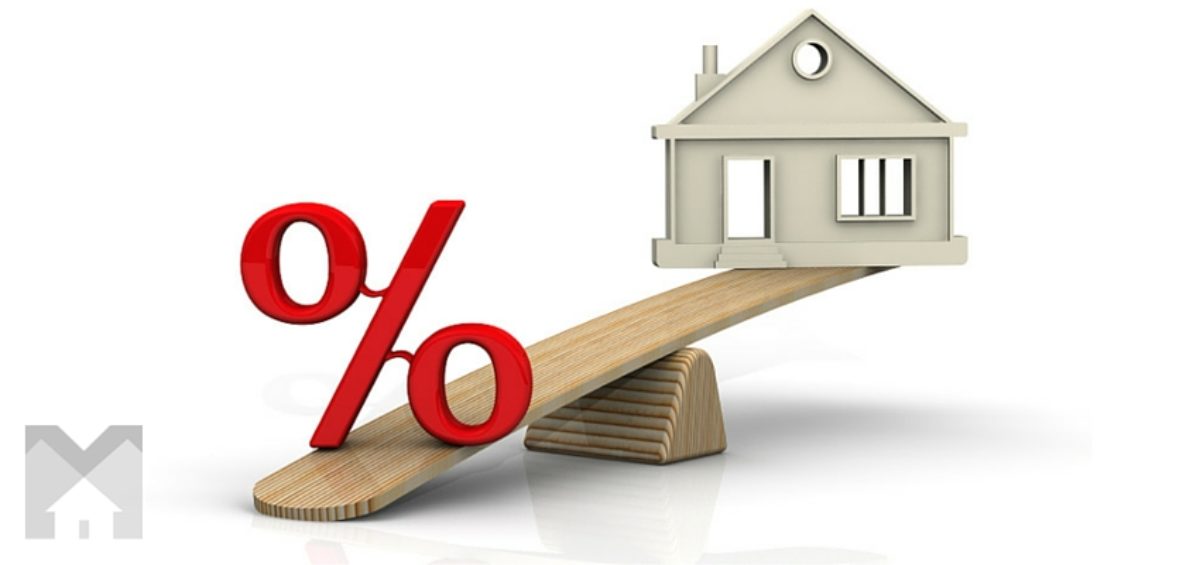Mortgage Risks
A lot of risks are involved while taking a mortgage loan and a person needs to be extra careful to avoid conmen, who have flocked the real estate market.
In order to limit the amount of risks associated with the mortgage loan repayment, an individual should place restrictions on the mortgage debts purchasable.
Assessing mortgage risks
Various factors play a significant role in assessing risks associated with a certain mortgage loan. These are:
- The payment-to-income ratio
- The loan-to-value ratio
- The debt-to-income ratio,
- The amount of the loan.
The payment-to-income ratio includes the monthly loan payment that involves real estate taxes divided by borrower’s monthly income. The loan-to-value ratio stands for the loan amount divided by the estimated value of the property. The down payment is the difference between the loan amount and the estimated property value. Moreover, the debt-to-income ratio forms the ratio of all monthly expenses occurred on debts to monthly gross income. With the loan amortization calculator, determining these ratios becomes easier and an individual is free from risks associated with mortgage loan repayment.
Traditional mortgage repayment process
The traditional mortgage repayment process was different from the present method because different interest rates were offered. In the ancient times, a 25% of a payment-to-income ratio or a 36% of debt-to-income ratio was considered raising a concern.
Generally, the higher the mortgage loan ratios the higher the risks an individual exposes himself or herself to. When a loan is made to a borrower with a higher ratio than that stated in the ratios, the risks of loan repayment increases.
People should set limits at which to purchase a real estate otherwise, fall in the trap of real estate owners and repay large amount of money. According to the Federal Housing Finance board, the maximum amount of loan charged for a single family home was $417, 0000 in the lower 48 states. If a loan exceeds this amount, then a person should be cautioned not to accept it since it will cost a lot to repay back.
People who have purchased their homes recently (from the year 2012 up to date) have a fixed mortgage rate of 79% share according to new mortgage rates. In addition, the variable and adjustable rate mortgage offer 10% share, while 11% is a combination mortgage.
During the previous years (from 2011 and below), the shares were two-thirds fixed rate mortgages, a quarter adjustable rate and 10% for combination rates. In the present years mortgages that have longer amortization period have gained fame because people are having humble time to pay their loans.
Within the year 2012, the mortgages on homes purchased presented a 68% of mortgages with an amortization period of 25 years or less. According to 2012 statistics, about 32% of real estate owners have increased the amortization period.
This analysis has gone against the borrower’s expectations with their repayment horizons and original contracts. Moreover, the home owners who had fully repaid their mortgages never benefited from the offer. From the survey, mortgage borrowers increase their normal payments by a combined amount of $3.5 billion annually. Additionally, large amount of payments are made by mortgage holders estimated at $20 billion.
Other useful links


